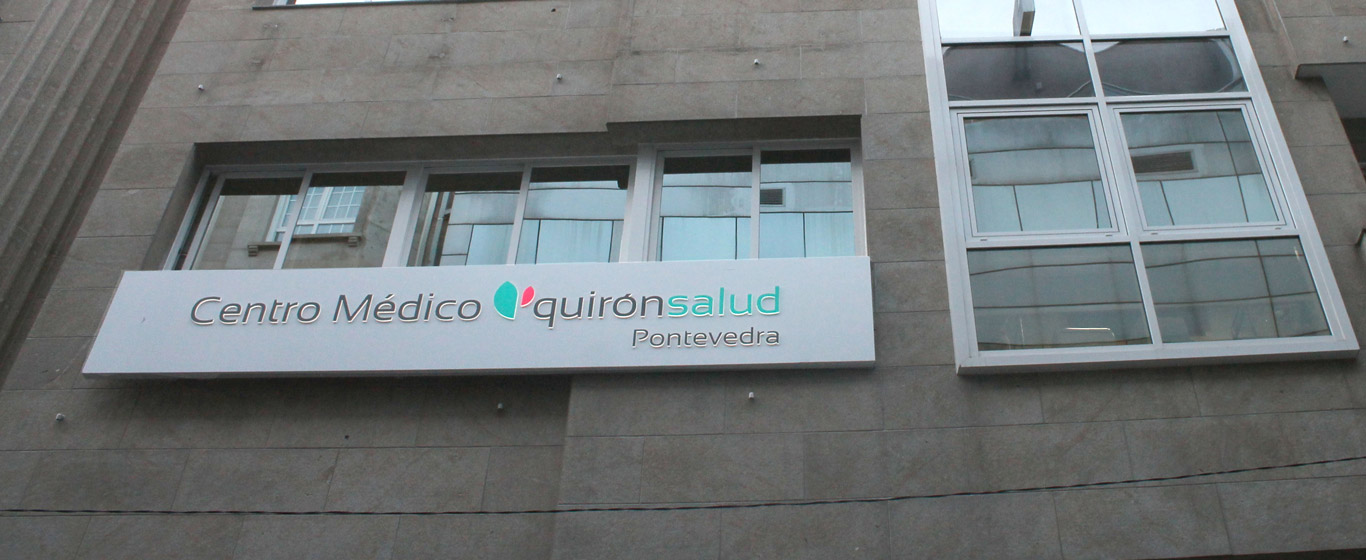Gingivitis
What causes gum inflammation? Everything you need to know about gingivitis: causes, symptoms, and treatments.
Symptoms and Causes
Gingivitis is a mild yet very common periodontal disease that causes inflammation, irritation, and redness of the gums around the base of the teeth, mainly due to plaque buildup. In its early stages, it is not painful and can be treated, but if left unaddressed, it may become chronic and lead to severe oral diseases.
Based on its effects, gingivitis can be classified into different types:
- Acute gingivitis: Sudden-onset inflammation with a relatively short duration. This is the most common form.
- Hemorrhagic gingivitis: Characterized by abnormal, excessive, and persistent bleeding due to chronic inflammation.
- Desquamative gingivitis: The superficial layer of the gums separates from the underlying tissue, exposing nerve endings. The gums appear bright red with grayish opaque plaques. It causes pain and extreme tooth sensitivity.
- Acute necrotizing ulcerative gingivitis (ANUG): Ulcers form in the papillary tissue and along the gum line, with necrosis occurring between the teeth. This condition is highly painful.
Symptoms
The most common symptoms of gingivitis include:
- Swollen and irritated gums.
- Bright red or purplish gums (healthy gums are usually pink).
- Bleeding when brushing or flossing.
- Halitosis (bad breath).
- Receding gums.
- Sensitivity in the affected area.
Causes
The primary cause of gingivitis is plaque buildup—a sticky film that forms when sugars and starches from food combine with oral bacteria—due to poor dental hygiene. Although plaque adheres to the teeth, tongue, and gums, it can be easily removed with daily brushing. However, if oral hygiene is inadequate, plaque hardens into tartar (calculus), which becomes trapped at the base of the teeth, harboring bacteria and causing gum irritation and inflammation.
In some cases, gingivitis may develop or worsen due to other factors, such as:
- Vitamin deficiencies.
- Certain medications, such as phenytoin and calcium channel blockers.
- Hormonal changes.
- Contaminated or poorly placed dental restorations or orthodontics.
- Misaligned teeth.
- Underlying conditions such as diabetes, infections, and immune system disorders.
Risk Factors
The main risk factors for developing gingivitis include:
- Poor oral hygiene habits.
- Smoking: Tobacco reduces blood flow to the gums, weakens the oral immune system, and slows the healing of damaged tissues.
- Dry mouth: Insufficient saliva production facilitates plaque buildup.
- Poor nutrition.
- Pregnancy, menopause, or hormonal contraceptives: Hormonal changes increase gum sensitivity.
- Genetics: A predisposition to gingivitis and other inflammatory conditions may be hereditary.
Complications
Gingivitis can easily go unnoticed if there is no pain or bleeding. However, if left untreated, it can lead to periodontitis, a severe and painful infection that damages the soft tissues around the teeth and spreads to the supporting bones, potentially causing bone destruction. Bone loss is irreversible and may result in loose or lost teeth.
Prevention
To prevent gingivitis, it is essential to maintain proper oral hygiene:
- Brushing after every meal and before bedtime for at least two minutes.
- Using dental floss at least once a day.
- Regular dental check-ups (one or two per year) to assess overall oral health, monitor dental implants or orthodontics, and undergo professional cleanings.
- A healthy, balanced diet: Avoid foods high in sugar or acidity.
- Avoid smoking.
Which Specialist Treats Gingivitis?
Gingivitis is diagnosed and treated in dentistry clinics, where patients may be referred to periodontal specialists depending on the severity of their condition.
Diagnosis
Gingivitis can be diagnosed through various tests:
- Physical examination of the mouth to assess the teeth, gums, and tongue and confirm common symptoms.
- Periodontal probing to measure the depth of the pockets between the gums and teeth, which helps rule out periodontitis. In a healthy mouth, the pocket depth is between 1 and 3 millimeters.
- Dental X-rays to check if the infection has spread to bone structures and assess bone loss.
Treatment
The treatment for gingivitis focuses on removing plaque and tartar, reducing inflammation, and preventing the development of more serious conditions:
- Professional dental cleaning:
- Through procedures known as scaling and root planing, plaque, tartar, and bacteria from periodontal pockets are removed, along with bacterial byproducts that contribute to inflammation. Additionally, the gum surface is smoothed to prevent future buildup.
- Cleaning can be performed with manual instruments, laser devices, or ultrasonic tools.
- Dental restoration:
- This is necessary in cases where misaligned teeth or poorly fitted prosthetics or orthodontics hinder proper brushing and contribute to plaque buildup.




















































































